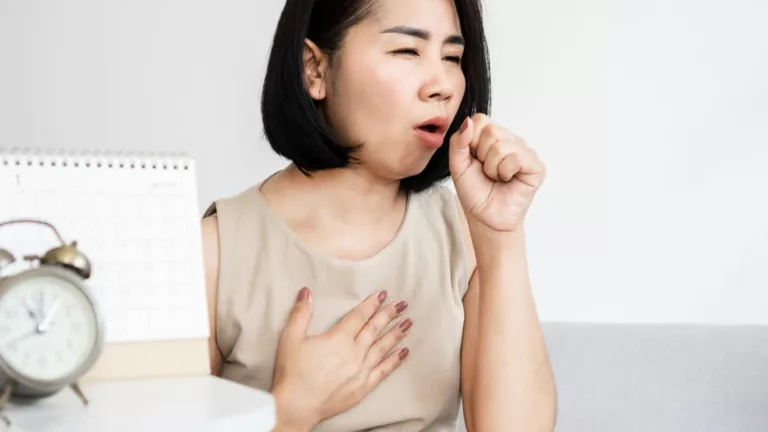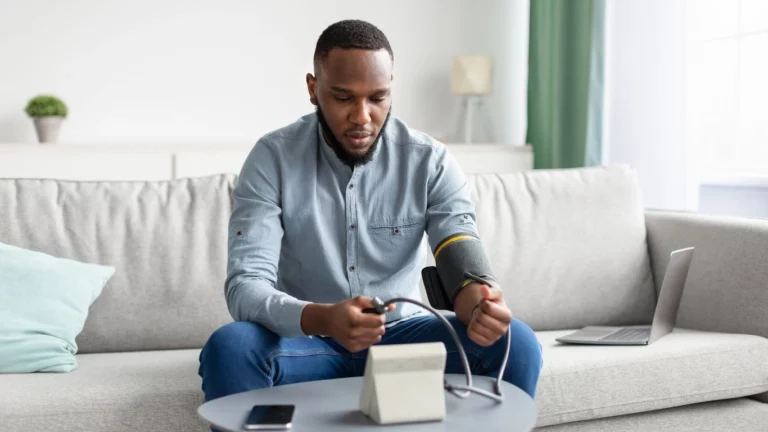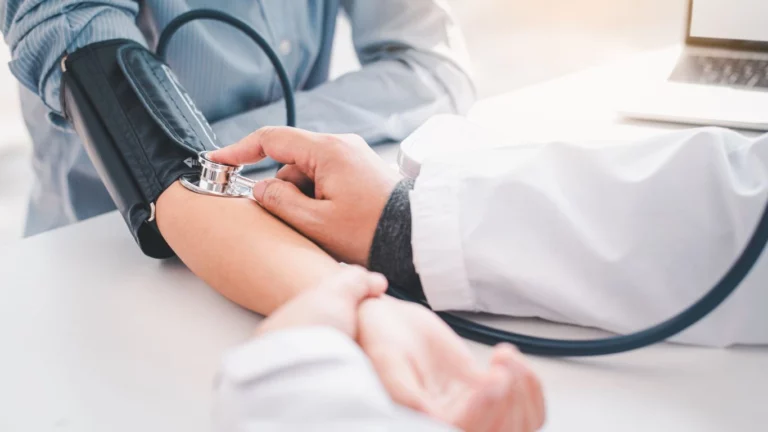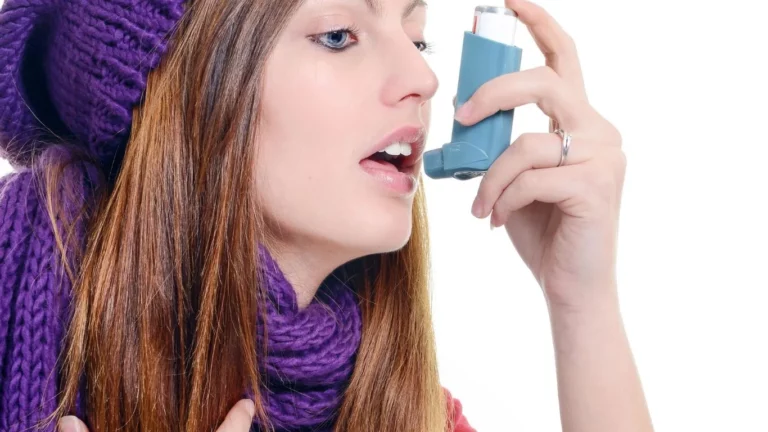Lower Blood Pressure Naturally: Proven Lifestyle Changes That Work
Struggling with high blood pressure? You’re not alone. As a hypertension specialist, I’ve seen firsthand how lifestyle tweaks can work wonders in lowering blood pressure naturally. If you’re tired of depending solely on medications or just want to take control of your health, let’s talk about how to reduce blood pressure with lifestyle changes. The good news? You don’t need a complete life overhaul—just smart, sustainable habits that make a big difference.
Why Lifestyle Changes Matter More Than You Think
Most people assume high blood pressure (aka hypertension) is just a “genetic thing,” something inevitable as they age. While genes play a role, lifestyle is the real game-changer. I’ve had patients who went from dangerously high readings to normal ranges simply by adjusting their daily routines. The best part? These changes improve more than just blood pressure—they boost energy, mood, and overall health.
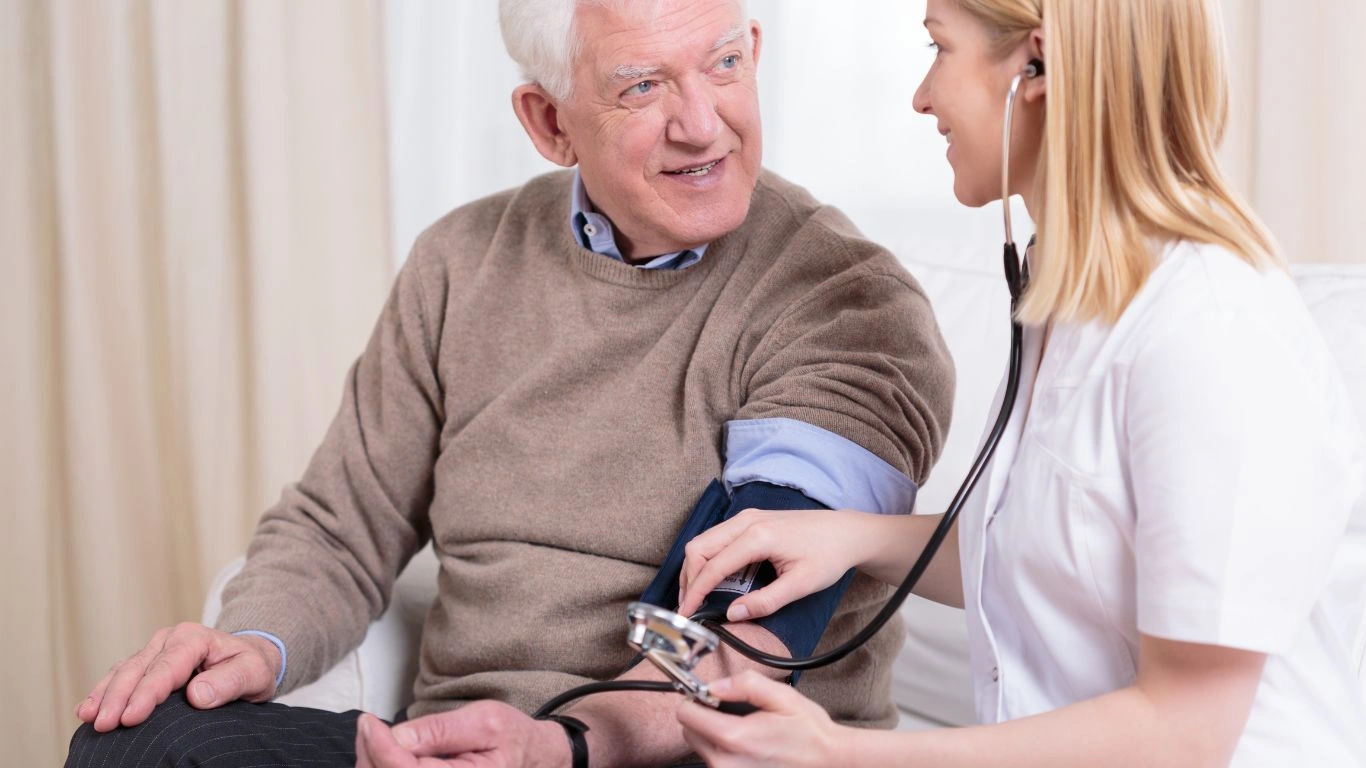
The Power of Food: Eat Your Way to Lower Blood Pressure
Let’s start in the kitchen because what you eat directly impacts your blood pressure. A diet high in processed foods, salt, and unhealthy fats can send those numbers skyrocketing. But the right foods? They act like natural medicine.
1. Cut Back on Salt (But Don’t Eliminate It Completely)
Salt is tricky. Our bodies need it, but too much can make blood pressure spiral out of control. Here’s my golden rule: don’t stress over the salt shaker—focus on hidden sodium in processed foods. Canned soups, frozen meals, and even bread can pack more salt than you’d expect.
- Swap processed snacks for fresh fruits and nuts.
- Cook at home more often—this gives you full control over sodium levels.
- Use herbs, lemon, and garlic for flavor instead of salt.
2. Embrace the DASH Diet
If there’s one diet I always recommend for hypertension, it’s the DASH diet (Dietary Approaches to Stop Hypertension). It’s not a fad—it’s a scientifically backed way of eating that focuses on whole foods, healthy fats, and balanced portions.
Key elements of the DASH diet:
- Plenty of fruits and vegetables
- Whole grains instead of refined carbs
- Lean proteins like fish, poultry, and beans
- Healthy fats from nuts, seeds, and olive oil
I’ve had patients who saw noticeable blood pressure drops within a few weeks of following DASH principles. It’s that effective.
3. Potassium: The Underrated Blood Pressure Hero
Potassium helps counteract the effects of sodium and keeps blood vessels relaxed. If you’re not eating enough potassium-rich foods, you might be making your blood pressure worse without realizing it.
Great sources of potassium include:
- Bananas, oranges, and avocados
- Spinach, sweet potatoes, and beans
- Salmon and yogurt
One of my patients replaced his daily chips with a banana and yogurt for a snack—his blood pressure improved within months.
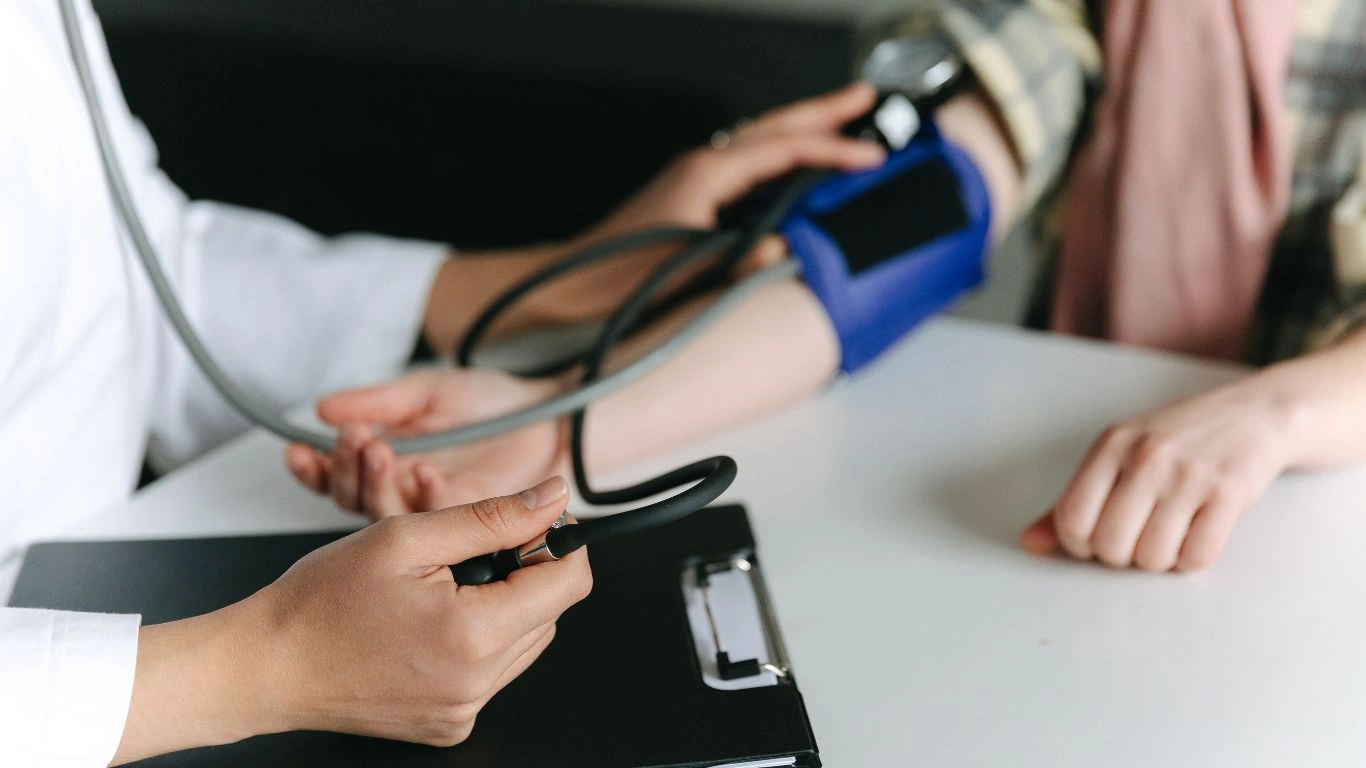
Move More: The Exercise-Blood Pressure Connection
Exercise is a non-negotiable when it comes to lowering blood pressure. The trick is finding what works for you. You don’t have to become a gym rat—just move regularly in ways you enjoy.
1. Walking: The Easiest, Most Underrated Exercise
Many of my patients start with daily walks. Walking gets the blood flowing, reduces stress, and strengthens the heart—all of which help lower blood pressure.
Try this: Aim for 30 minutes of brisk walking five times a week. Break it into 10-minute chunks if needed.
2. Strength Training: Not Just for Bodybuilders
Muscle isn’t just for looks—it plays a big role in heart health. Strength training helps improve circulation and keeps arteries flexible, which lowers blood pressure.
Simple ways to incorporate strength training:
- Bodyweight exercises like squats and push-ups
- Using resistance bands
- Light weightlifting 2-3 times per week
3. Yoga & Stretching: The Stress-Busting Bonus
Yoga and stretching not only improve flexibility but also reduce stress—a huge contributor to high blood pressure. Deep breathing and relaxation exercises can bring immediate relief.

Stress & Sleep: The Overlooked Blood Pressure Factors
Ever noticed how your blood pressure spikes when you’re stressed? That’s because stress hormones cause blood vessels to tighten. Managing stress and getting enough sleep are just as important as diet and exercise.
1. Master the Art of Relaxation
Find what helps you unwind—meditation, deep breathing, or even a simple hobby like gardening. Stress management isn’t a luxury; it’s a necessity.
2. Sleep Like Your Blood Pressure Depends on It (Because It Does)
Poor sleep can lead to stubbornly high blood pressure. Aim for 7-9 hours of quality rest every night.
Tips for better sleep:
- Stick to a consistent sleep schedule.
- Limit screen time before bed.
- Make your bedroom a sleep-friendly zone—cool, dark, and quiet.
When one of my patients started prioritizing sleep, her blood pressure finally budged after months of struggling to lower it.
Hydration: The Simplest Trick to Keep Blood Pressure in Check
We’ve talked about food and exercise, but let’s not forget about hydration. It’s something I see many patients overlook, yet it plays a crucial role in blood pressure management.
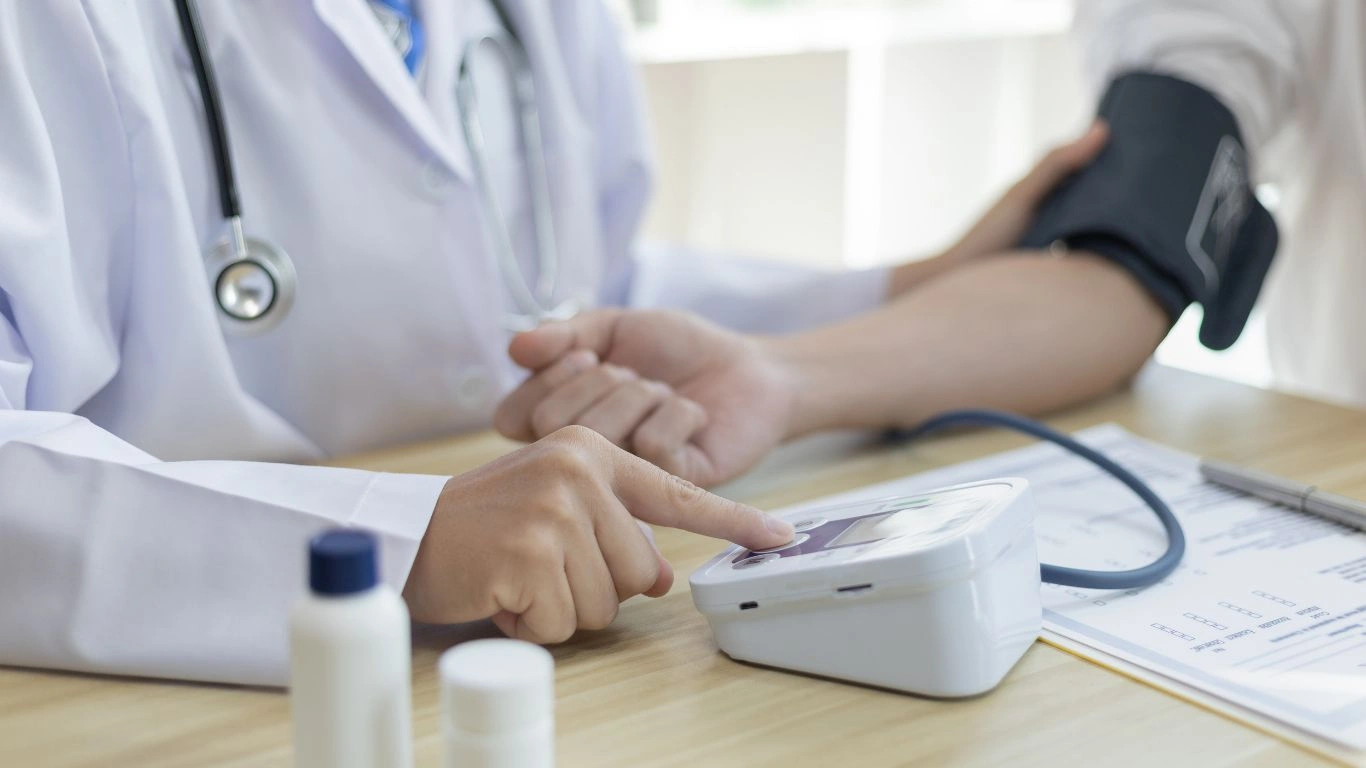
1. Why Water Matters for Blood Pressure
Think of your blood like a river—if it’s too thick, it puts pressure on the banks (aka your arteries). Dehydration makes your blood more concentrated, causing your heart to work harder to pump it through your system.
When one of my patients started drinking an extra 2-3 glasses of water daily, his blood pressure readings improved in just a few weeks. That’s how powerful hydration can be.
2. How Much Water Do You Actually Need?
There’s no one-size-fits-all answer, but a good rule of thumb is:
- Men: About 3.7 liters (125 oz) per day
- Women: About 2.7 liters (91 oz) per day
This includes fluids from food and other drinks, but plain water should be your main source.
3. The Best Drinks for Blood Pressure Control
If you’re looking for variety, here are some drinks that can help:
- Herbal teas – Chamomile, hibiscus, and green tea have blood pressure-lowering effects.
- Beet juice – Packed with nitrates, which help dilate blood vessels.
- Low-fat milk – Provides calcium and magnesium, essential for heart health.
And of course, cut back on sugary sodas and excess caffeine. They can spike blood pressure and dehydrate you.
Alcohol & Smoking: Two Habits That Wreck Blood Pressure
Let’s be real—if you’re serious about lowering your blood pressure, it’s time to take a hard look at alcohol and smoking.
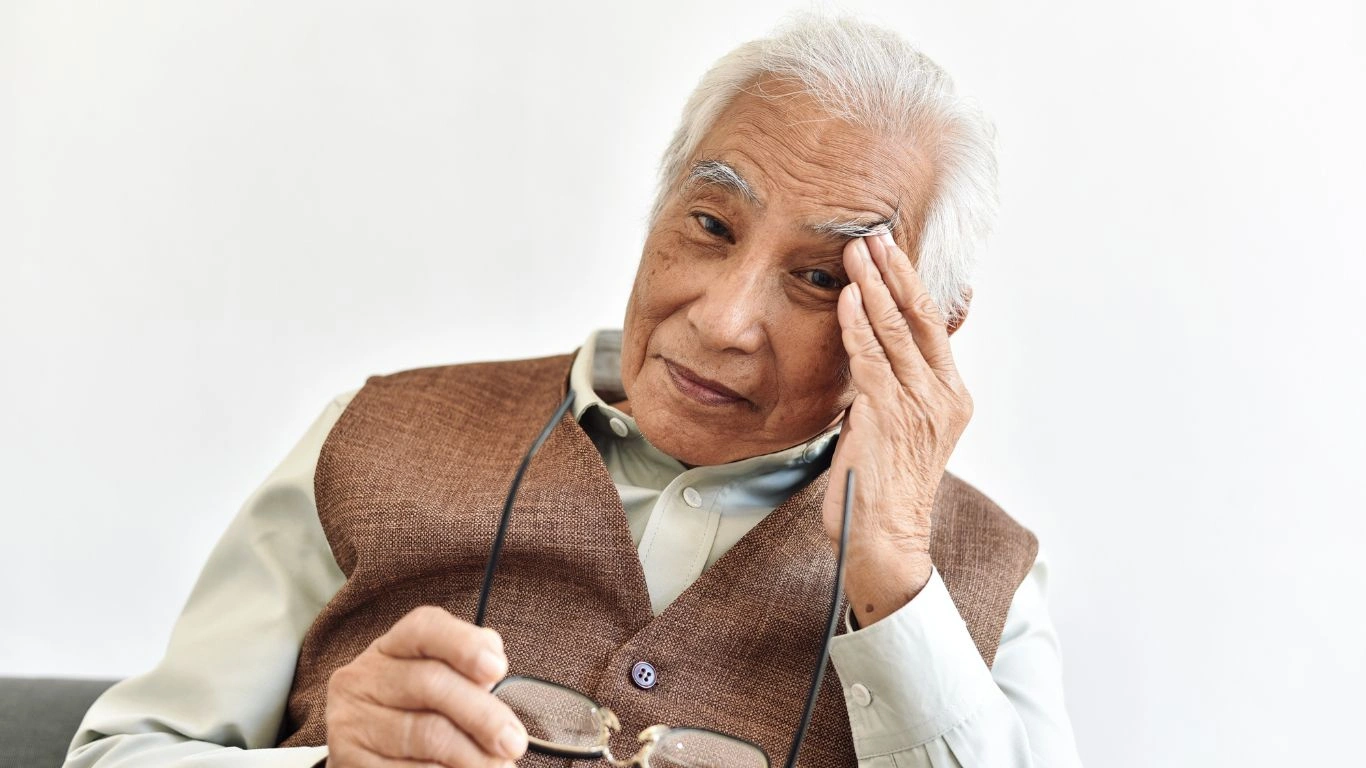
1. Alcohol: How Much is Too Much?
I’m not saying you can never enjoy a glass of wine again, but moderation is key. Drinking too much alcohol raises blood pressure by affecting how your blood vessels contract and relax.
According to guidelines:
- Men: No more than 2 drinks per day
- Women: No more than 1 drink per day
One of my patients used to unwind with a few beers every night. Once he cut back to just one or two a week, his blood pressure readings improved dramatically.
2. Smoking: There’s No Safe Amount
Unlike alcohol, there’s no “safe” amount of smoking. Every cigarette temporarily spikes blood pressure and damages blood vessels over time.
Quitting isn’t easy, but I’ve seen patients completely reverse their hypertension just by stopping smoking. If you need help, nicotine replacement therapies, counseling, and support groups can make a world of difference.
Supplements: Do They Really Help Lower Blood Pressure?
People often ask me if supplements can replace medication. While they aren’t a magic bullet, some can support healthy blood pressure when combined with lifestyle changes.
1. Magnesium
Magnesium helps relax blood vessels and improve circulation. If you’re not getting enough from food, a supplement may help.
2. Omega-3 Fatty Acids
Found in fish oil, omega-3s reduce inflammation and help keep arteries flexible. I often recommend them to patients who don’t eat enough fatty fish.
3. Coenzyme Q10 (CoQ10)
CoQ10 is an antioxidant that supports heart health. Some studies suggest it may help lower blood pressure, though results vary.
4. Garlic Extract
Garlic naturally helps dilate blood vessels. If you don’t like eating garlic, odorless supplements are a great alternative.
Remember, always check with your doctor before adding supplements—especially if you’re on blood pressure meds.
Small Daily Habits That Add Up
At the end of the day, managing blood pressure isn’t about perfection—it’s about consistency. Here are some simple habits that can make a big difference over time:
- Take deep breaths – A few minutes of deep breathing lowers stress and relaxes blood vessels.
- Get morning sunlight – Natural light helps regulate blood pressure and improves mood.
- Laugh more – Seriously! Laughter releases nitric oxide, which helps blood vessels dilate.
The bottom line? Small changes, done daily, lead to big results.
Case Studies & Real-Life Examples
Over the years, I’ve worked with countless patients struggling with high blood pressure. Many were skeptical about lifestyle changes at first, but when they committed, the results spoke for themselves.

1. Mark’s Journey: From Stage 2 Hypertension to Normal Levels
Mark, a 52-year-old office worker, came to me with a blood pressure reading of 165/100. His doctor had already prescribed medication, but he wanted to avoid increasing his dosage. We started small—cutting down his sodium intake, adding 30-minute daily walks, and swapping processed snacks for whole foods. Within six months, his blood pressure dropped to 128/82 without any additional medication. His energy levels also skyrocketed, and he lost 15 pounds in the process.
2. Lisa’s Sleep & Stress Makeover
Lisa, a 44-year-old teacher, had “white coat hypertension” (high BP readings in medical settings). At home, she was still hitting 140/90 despite a decent diet. After digging deeper, we found her chronic stress and poor sleep were the culprits. She started practicing deep breathing before bed, cut out late-night screen time, and made sleep a priority. Three months later, her BP readings averaged 118/78, and she felt calmer throughout the day.
3. A 67-Year-Old’s Transformation with Strength Training
Many older patients believe they can’t do much about their blood pressure. Not true. John, a retired veteran, was on two BP medications but still had readings around 145/85. I encouraged him to add light strength training twice a week—just resistance bands and bodyweight exercises. Six months later, his blood pressure settled at 122/80. His doctor even reduced his medication dosage.
Key Takeaways: What You Need to Remember
If you’ve made it this far, you’re serious about taking control of your blood pressure. Let’s recap the most important points:
- Food is medicine. A diet rich in whole foods, potassium, and healthy fats can significantly lower BP.
- Move your body daily. Whether it’s walking, strength training, or yoga—any movement helps.
- Manage stress. Meditation, deep breathing, and proper sleep are just as crucial as diet and exercise.
- Hydration matters. Drinking enough water keeps your blood vessels healthy.
- Cut back on alcohol & quit smoking. Both can sabotage your blood pressure efforts.
FAQs
Here are some of the most common questions I get about lowering blood pressure naturally.
1. How fast can I lower my blood pressure naturally?
It depends! Some people see improvements within weeks, while others take a few months. It’s all about consistency. The sooner you start making changes, the sooner you’ll see results.
2. Can I stop taking blood pressure medication if I improve my lifestyle?
That’s something you should always discuss with your doctor. Some patients can reduce or eliminate medication with lifestyle changes, but never stop taking meds without medical guidance.
3. Is caffeine bad for high blood pressure?
Caffeine affects everyone differently. Some people experience temporary spikes, while others tolerate it well. If you notice your BP rises after coffee, consider switching to decaf or herbal teas.
4. Are natural remedies like garlic and beet juice effective?
They can help, but they’re not a replacement for overall healthy habits. Think of them as boosters rather than cures.
Bonus: Additional Resources & DIY Tips
Want to take your blood pressure management to the next level? Here are some extra resources:
- American Heart Association – Reliable tips on heart health
- National Heart, Lung, and Blood Institute – Science-backed BP management strategies
- Mayo Clinic Hypertension Guide – Trusted medical advice
DIY Tips to Keep BP in Check
- Try a daily 5-minute gratitude journal – Helps reduce stress hormones that raise BP.
- Use a home blood pressure monitor – Tracking your numbers helps you stay accountable.
- Stand more, sit less – Too much sitting contributes to high BP.
Appendix: References, Disclaimer & Call to Action
References
For further reading, check out these trusted sources:
Disclaimer
This article is for informational purposes only and should not replace professional medical advice. Always consult your doctor before making health changes.
Final Thoughts: Take Action Today!
Lowering your blood pressure isn’t about drastic changes—it’s about smart, sustainable habits. You have the power to make a difference in your health, starting today.
What’s your first step? Pick one change from this guide and commit to it. Your heart will thank you!

Dr. Gwenna Aazee is a board-certified Internal Medicine Physician with a special focus on hypertension management, chronic disease prevention, and patient education. With years of experience in both clinical practice and medical writing, she’s passionate about turning evidence-based medicine into accessible, actionable advice. Through her work at Healthusias.com, Dr. Aazee empowers readers to take charge of their health with confidence and clarity. Off the clock, she enjoys deep dives into nutrition research, long walks with her rescue pup, and simplifying medical jargon one article at a time.


